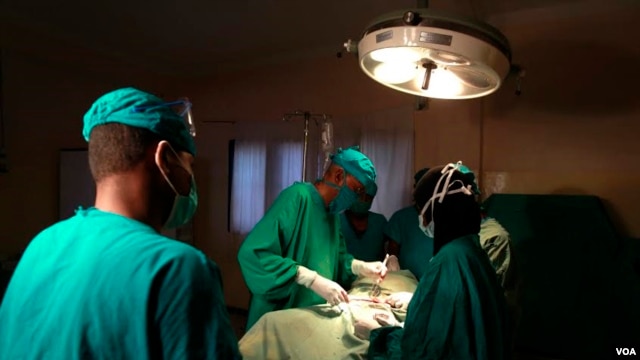BDBoop
Platinum Member
- Banned
- #1
Scientists find new ovarian cancer gene | Reuters

Aug 7 (Reuters) - Women who carry a faulty copy of a gene called RAD51D have an almost one in 11 chance of developing ovarian cancer, scientists said on Sunday in a finding they called the most significant ovarian cancer gene discovery for more than 10 years.
Tests to identify those at highest risk are expected to be available within a few years, according to Cancer Research UK, and may lead some women to decide to have their ovaries removed in order to beat the disease.
The finding should also speed the search for new drugs.





